In this Samsung Galaxy M31 review, we’ll provide general knowledge that can be found in any Samsung Galaxy M31 flyer. These are the fundamental factors you need to think about when planning to purchase a mobile phone. Also, you will walk away knowing more and more about some fuzzy terminologies.
Samsung Galaxy M31 model status in the market is Available. However, it is declared by Samsung company on 2/25/2020 and released in 2020, March 05.
Samsung Galaxy M31 has 64GB 6GB RAM, and 6000 mAh battery life (the more mAh value gives more strength to the battery). When you purchase Samsung Galaxy M31, you will gain 64 MP, f/1.8, 26mm (wide), 1/1.72″, 0.8µm, PDAF rear camera and 32 MP, f/2.0, 26mm (wide), 1/2.8″, 0.8µm selfie camera.
Samsung Galaxy M31 comes with a 6.4 inches, 100.5 cm2 display size and Corning Gorilla Glass 3 as a screen protector that is intended to save the screen when the phone drops on hard and rough surfaces.
Samsung Galaxy M31 has these software and hardware platforms:
* Android 10, upgradable to Android 12, One UI 4.1 OS,
* Exynos 9611 (10nm) Chipset
* Octa-core (4×2.3 GHz Cortex-A73 & 4×1.7 GHz Cortex-A53) Processor.
In this article, you will find Samsung Galaxy M31 review which will demonstrate the main Samsung Galaxy M31 features that you need to make a wise decision about your new cellular phone.
Understanding The Body Specifications By Reading Samsung Galaxy M31 Review
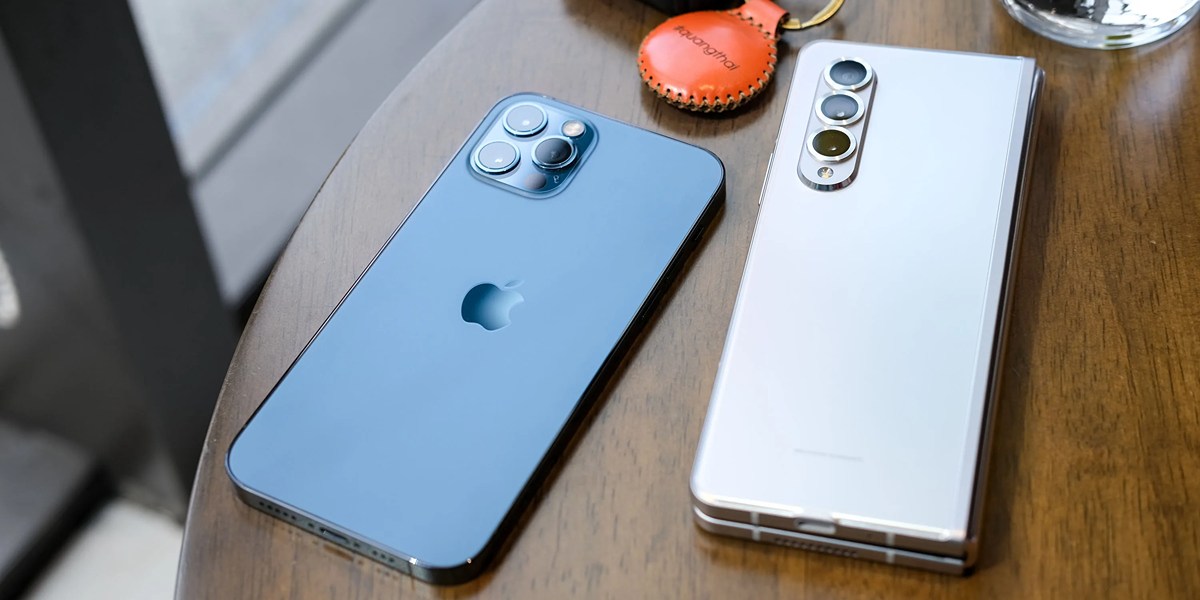
People are often interested in the mobile phone’s body features, which prompted most smartphone producers to use a significant part of the company’s research and budget to evolve this aspect of mobile phones so that it suits all the aspirations of the consumer. In the following lines, you will find Samsung Galaxy M31 review, which will sort out the most important details related to the body of this device.
* Body Dimensions: 159.2 x 75.1 x 8.9 mm (6.27 x 2.96 x 0.35 in) which means height, width, and thickness (depth) respectively.
* Body Weight: 191 g (6.74 oz).
For mobile phones, a weight between 140g to 170g is considered appropriate for most customers.
* Body Build: Glass front (Gorilla Glass 3), plastic back, plastic frame.
Here are the most known body kinds of smartphones:
* Metal. In order to give the inner components of smartphones the maximum protection, some manufacturers build the phones’ bodies out of metal.
* Glass. Devices whose body is made of glass may look more appealing, but this type is not considered robust when dropping on hard surfaces.
* Plastic. This type is very functional, so it is the most popular one in the industry of mobile phone bodies.
The Available Colors – Samsung Galaxy M31 Review
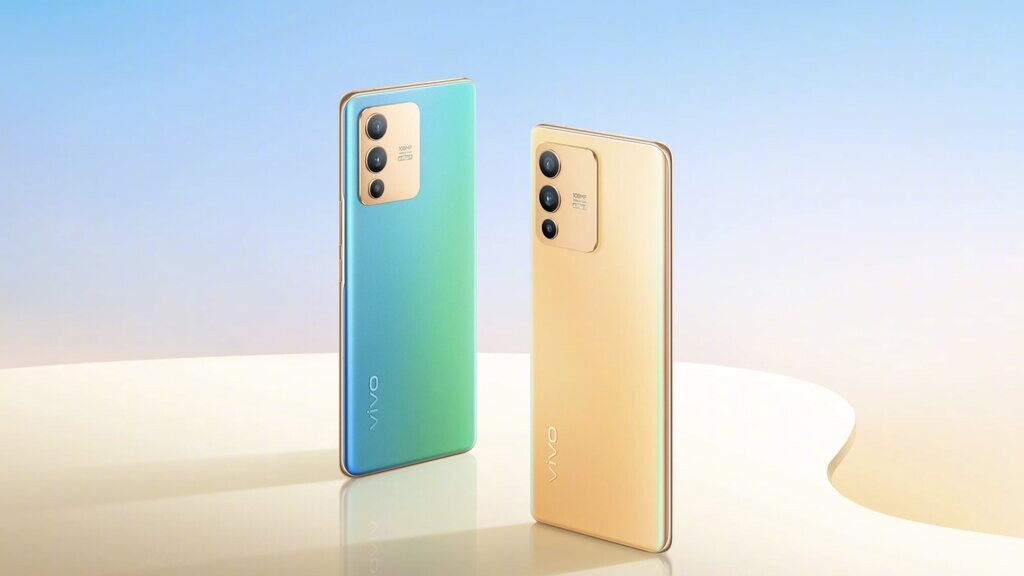
No color is superior to any other for the smartphones case, but it depends on two factors: the first one is your personal taste, and the second is the nature of your work.
Samsung Galaxy M31 comes in the following colors: Ocean Blue, Space Black, Red.
Samsung Galaxy M31 Review In Terms of Display specifications
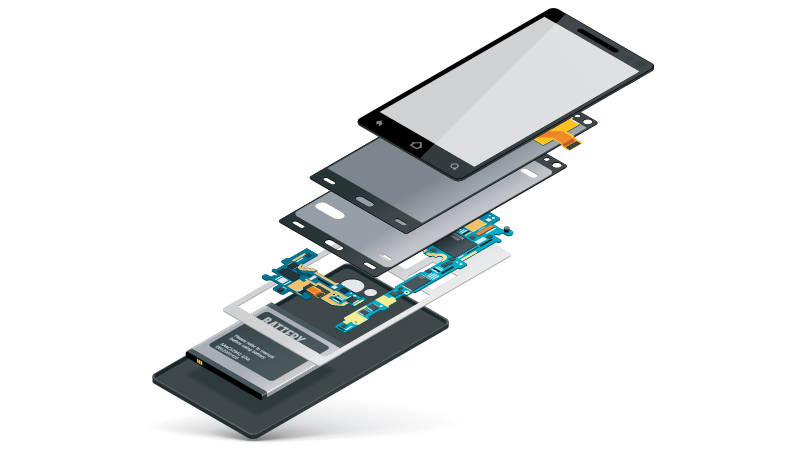
The screen has always been a crucial component of cellphone. Still, ever since the advent of full-screen touch mobile phones, it has become imperative for manufacturers to offer the best display devices to consumers, which will boost the viewing and gaming experience.
Read on to learn more about the main display characteristics of Samsung Galaxy M31.
Display Type: Super AMOLED – Always select a screen kind that offers proper black and more radiant colors.
Display Size: 6.4 inches, 100.5 cm2 – These days, smartphones feature screens that measure between 4.7 and 6.5 inches.
Display Nits Peak: 420 nits (peak). It is the maximum amount of light sent out by the screen. Anything above 500 nits is good to use on a sunny day.
Display Nits Full: 420 nits (peak),.
Screen To Body Ratio: (~84.1% screen-to-body ratio). It provides the percentage of how much of the front face is covered by the screen. Smartphones that have the largest screen-to-body ratio look delicate and that give them a premium look.
Display Ratio: 19.5:9 ratio. the Aspect ratio is the relevance between the height and width of the smartphone screen. Taller aspect ratios like 19.5:9 is coming with the most modern smartphones, and it is suitable for web browsing, and other portrait orientation apps.
Display Resolution: 1080 x 2340 pixels. It is the clarity of an image video in detail and sharpness. The pixel resolution for high-definition screens is 1920 x 1080.
Display Density: (~403 ppi density). It is the number of physical pixels per inch on a screen and is measured in Pixels Per Inch (ppi).
Display Protection: Samsung Galaxy M31 comes with the following display protection:
* Corning Gorilla Glass 3
* Corning Gorilla Glass 3.
Samsung Galaxy M31 Review – Understanding Camera jargon and characteristics
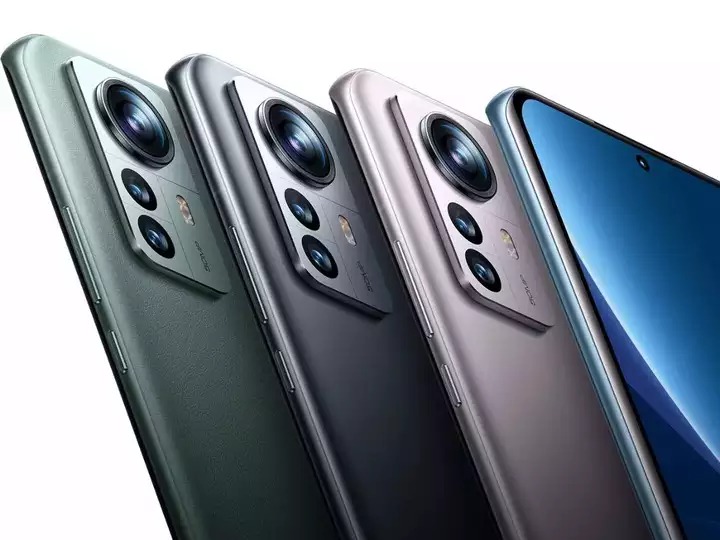
In the following lines, you will find Samsung Galaxy M31 review about the main cameras.
* Main Camera Single: 64 MP, f/1.8, 26mm (wide), 1/1.72″, 0.8µm, PDAF.
Here are explanations about some of the symbols included in the camera features:
MP (Megapixels) is the resolution of the image taken by a mobile phone.
(f value) is the aperture of a lens that indicates how much light it lets in. The larger the aperture, the more light is let in; conversely, a smaller aperture lets in less light.
(mm value) This measurement is of the lens’s focal length, which affects the final image that is produced by your camera.
AutoFocus (AF) is the function of a camera to automatically focus on a subject.
* Main Camera Dual: 8 MP, f/2.2, 123˚ (ultrawide), 1/4.0″, 1.12µm
* Main Camera Triple: 5 MP, f/2.4, (macro)
* Main Camera Quad: 5 MP, f/2.2, (depth)
The main camera features are as follows:
HDR, panorama, 4K@30fps, 1080p@30fps, gyro-EIS main video camera.
Here is the Samsung Galaxy M31 review of the selfie camera:
* Selfie Camera Single: 32 MP, f/2.0, 26mm (wide), 1/2.8″, 0.8µm
The main camera features are:
HDR, 1080p@30fps Selfie video camera.
What’s The SIM card? Samsung Galaxy M31 Review
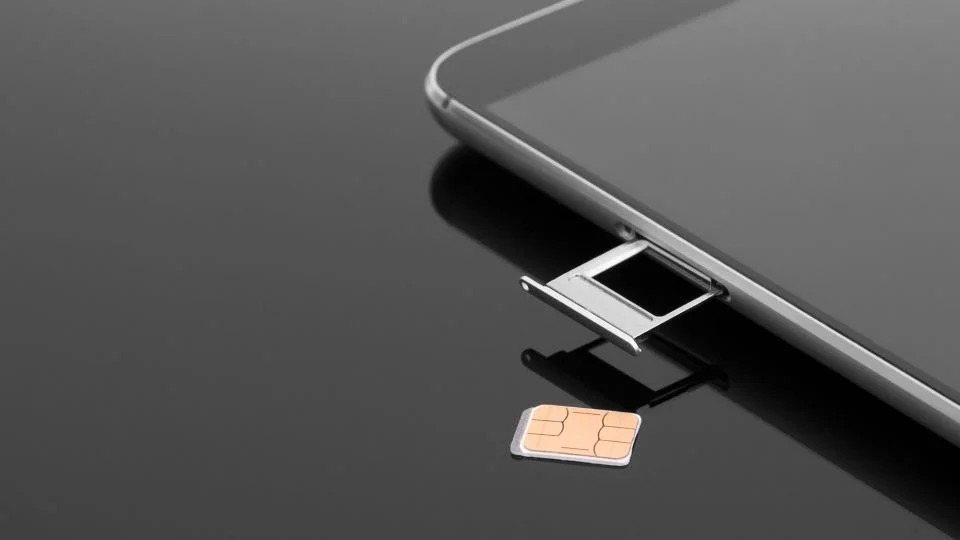
SIM is an abbreviation for Subscriber Identity Module, and it’s a tiny electronic card that slots into your phone. It is an electronic chip that comes in three sizes: Standard (Mini), Micro, and Nano, and it allows you to connect to a cellular network. Then, you can make calls, send SMS messages, and use mobile internet services like 3G, 4G, and 5G. For more info about 3G / 4G networks, refer to Samsung Galaxy M31 3G or Samsung Galaxy M31 4G articles. However, you can use the cellular phone without a SIM to use some available applications on it, play games, and connect to a Wi-Fi network to browse the internet.
This cellular phone model comes with Dual SIM (Nano-SIM, dual stand-by) card. For more information, refer to How to insert SIM card in Samsung Galaxy M31 article.
Here are the popular SIM card types:
* Nano-SIM. This removable SIM card size is the smallest available one, so it is the most modern one (other than eSIMs, which we’ll talk about it very soon) and it’s used by the vast majority of current mobile phones.
* Micro-SIM. They have a little bit larger chip, and they’re rarely been used in recent years.
* Standard SIM (Mini-SIM). It is the biggest SIM card size in use, and it’s the most rarely used.
* eSIM. It is an embedded SIM card, i.e., you can’t take it off of your cellular phone.
Samsung Galaxy M31 Review – Chipset, CPU, and GPU
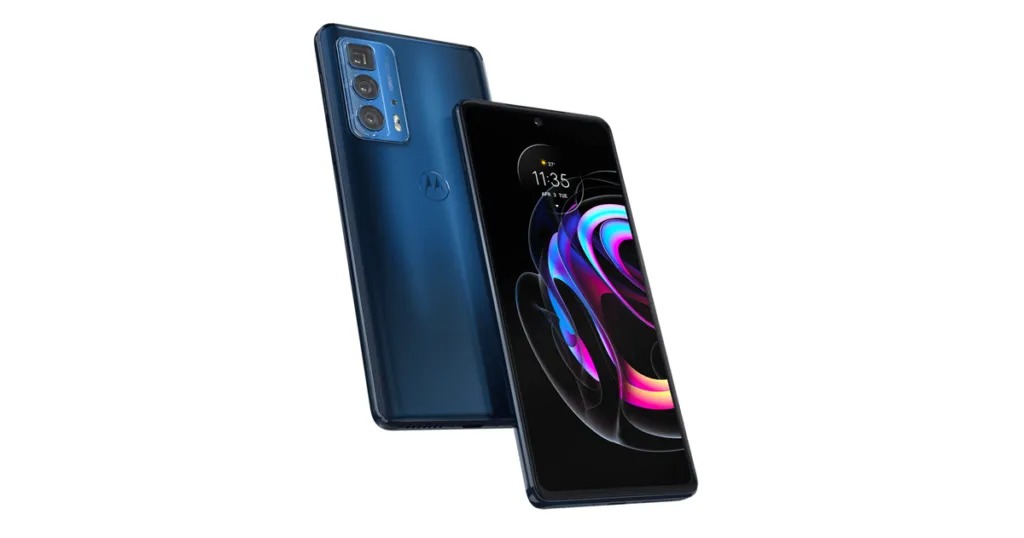
This model has Exynos 9611 (10nm) chipset.
Advanced embedded chipsets in smartphones allow the performing of many different tasks depending on their programming. They are built-in as part of the complete device including hardware and mechanical components. The most common chipset types are: Qualcomm Snapdragon, Intel Atom, and MediaTek Chipsets.
Samsung Galaxy M31 has Octa-core (4×2.3 GHz Cortex-A73 & 4×1.7 GHz Cortex-A53) CPU.
CPU (Central Processing Unit) performance is vital for the daily user experience. Thus, the higher the number of cores, and the higher the processing speed the better the performance will be.
Samsung Galaxy M31 has the following GBU (Graphics Processing Unit): Mali-G72 MP3.
This chip is responsible for handling all graphics jobs. Actually, Users are now more aware of the many types of GPU chips included in cellular phone chipsets and sometimes take their performance into account when making purchases.
Samsung Galaxy M31 Review of the Storage features and Capacity
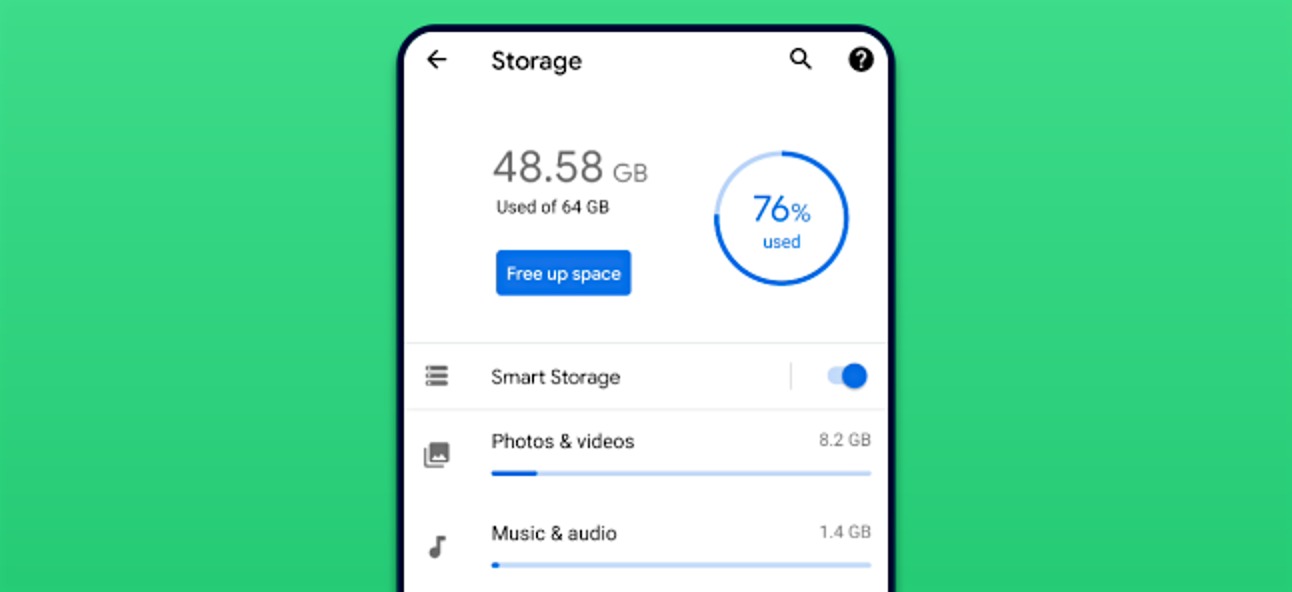
The quantity of storage that a new cellphone offers is one of the essential decision considerations. Actually, Samsung Galaxy M31 comes with a microSDXC memory card slot, and the following internal storage: 64GB 6GB RAM – 128GB 6GB RAM – 128GB 8GB RAM
Two types of phone’s memory are available:
Internal: It is built into the phone, and can’t be expanded. Nowadays, the majority of cell phones have internal storage that is at least 32GB or 64GB and a few high-end models feature 256GB or 512GB.
External: It is a removable SD card used as an alternative memory to store photos, music, videos, etc., regardless of the type of SD card slot.
Samsung Galaxy M31 Review – Mobile Networks and communication

A mobile network, also referred to as a wireless network, is a system that allows mobile devices to send and receive radio waves. It consists of base stations, each of which covers a different region that called “cell”. This makes it possible for several mobile transceivers such as smartphones to communicate together. Actually, there are three types of mobile networks in use: 3G, 4G (LTE), and 5G.
Samsung Galaxy M31 supports the following networks: 3G. For more information, refer to Samsung Galaxy M31 3G article. – 4G. For more information, refer to Samsung Galaxy M31 4G article.
Read About Wireless Connections – Samsung Galaxy M31 Review
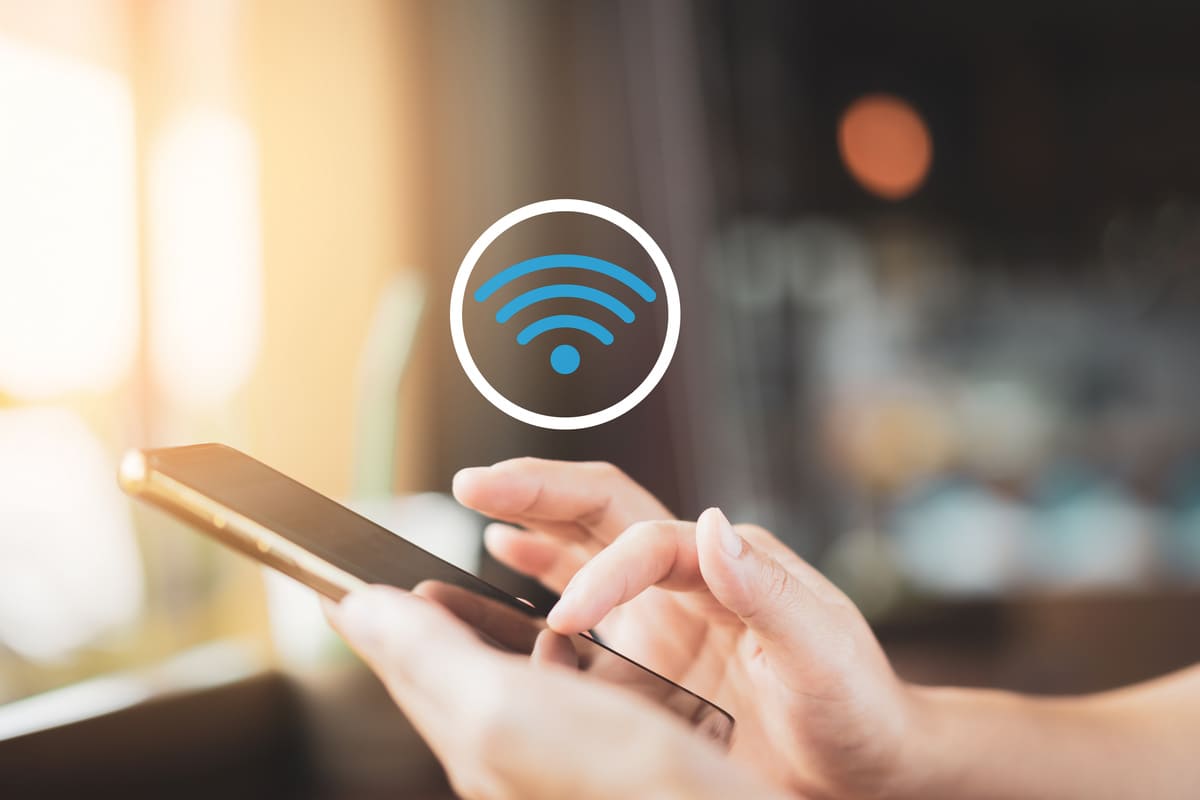
This model includes the following wireless connections:
* WLAN connection: Wi-Fi 802.11 a/b/g/n/ac, dual-band, Wi-Fi Direct, hotspot. Wireless Local Area Network uses Wi-Fi to communicate to the home or office wireless network using the local router and provides Internet access.
* Bluetooth connection: 5.0, A2DP, LE}. It is a common wireless communication protocol used to communicate two devices together over short ranges, allowing them to share data between different devices.
* GBS connection: Yes, with A-GPS, GLONASS, GALILEO, BDS. Positioning System allows smartphones to determine any position you need.
* NFC connection: Yes (market/region dependent)}. Near Field Communication is a wireless technology that allows your cellphone to send data to another device when they’re close together, so it’s generally used for contactless payments. For more info, refer to NFC on Samsung Galaxy M31 article.
* USB connection: USB Type-C 2.0. Universal Serial Bus is wired technology that allows users to connect two devices, such as a smartphone with a PC, to either transfer data or charge the connected device.
* Features Sensors: Fingerprint (rear-mounted), accelerometer, gyro, compass. The sensor is a device that detects and majors the changes in the nearby environment such as ambient light and motion.
Samsung Galaxy M31 Review – The Operating System

This model comes with Android 10, upgradable to Android 12, One UI 4.1 operating system.
Main Specifications of The Battery – Samsung Galaxy M31
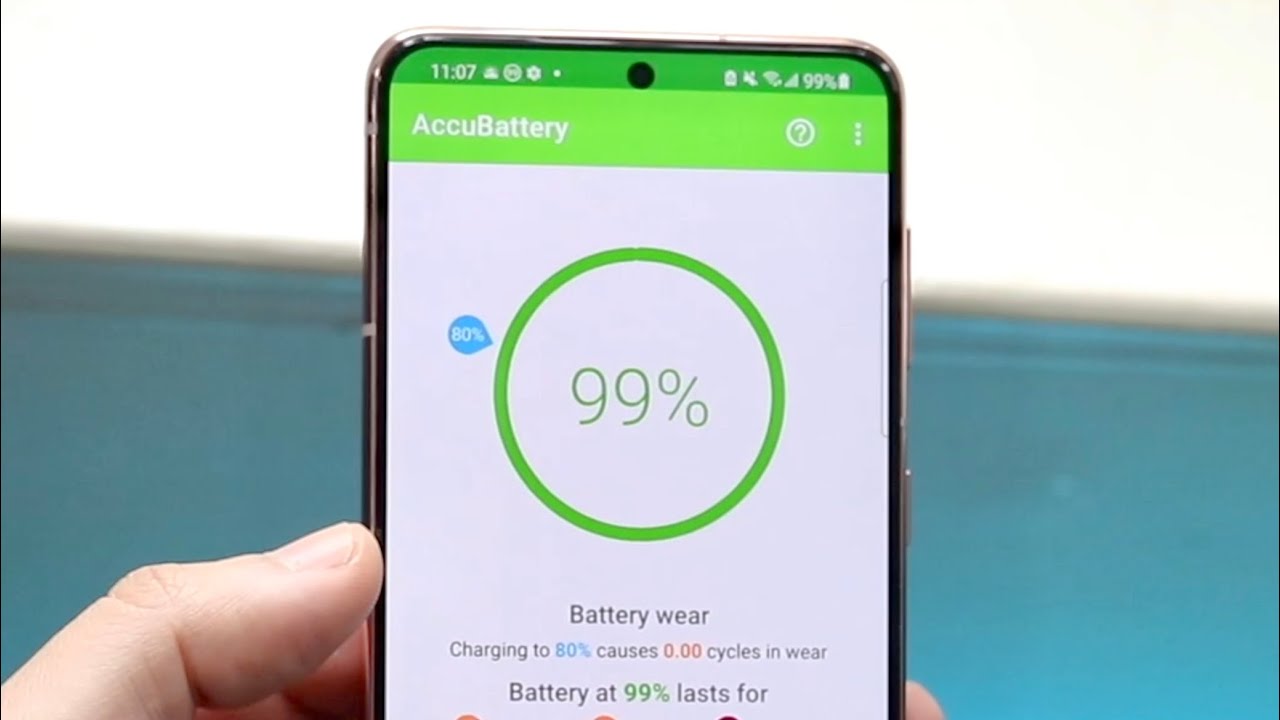
Nothing is more important than the battery of the mobile phone that keeps these gadgets running and grants daily life functioning. The following lines are demonstrating Samsung Galaxy M31 review of its main battery.
* Battery Technology: Li-Po.
* Samsung Galaxy M31 comes with a non-a removable battery.
* Battery Capacity: 6000 mAh. It refers to the amount of storage volume a particular battery can provide. A battery with a 3100 mAh capacity rating could supply a current of 3100 mA for one hour. Higher mAh ratings for the same battery kind will usually mean more working time.
* Battery Charging: {Fast charging 15W}.
The Battery Secondary Specs – Samsung Galaxy M31 Preview

In addition to the main Samsung Galaxy M31 specs that we mentioned earlier, this model has more battery-related characteristics that are relatively varied depending on the model of the mobile phone. Here are these specs:
* Battery Charging Original: {Fast charging 15W}.

